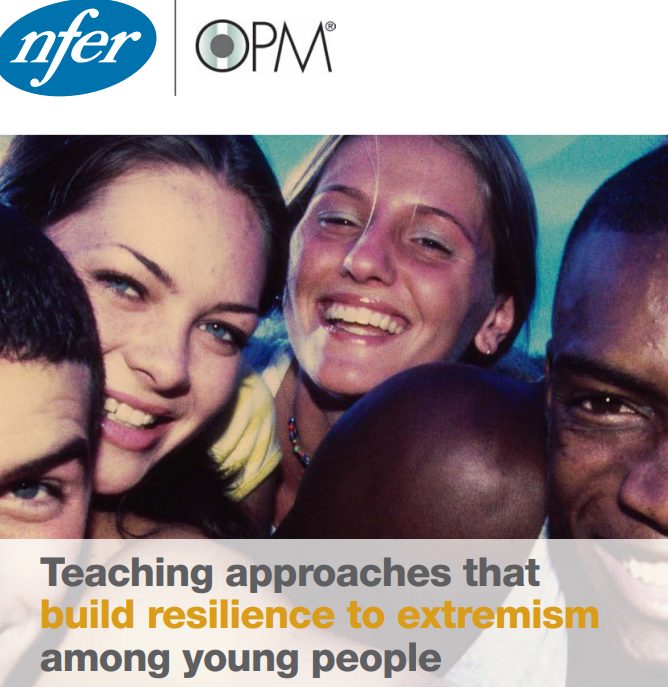The manual is a summary of teaching approaches and interventions, which were recognized as effective in building resilience to extremism among young people. The manual also describes detailed the support factors in schools and other education settings that can maximise the benefits and impact of described interventions.

The practical advice draws in-depth research study aimed to provide a strong evidence base to schools and other education providers to help them choose the most appropriate interventions to build resilience to extremism among young people. The research included a systematic literature review, steering group of experts in the field, and scoping study of effective teaching approaches. It culminated in the selection of ten case studies of effective interventions and an in-depth investigation of what made them effective in building resilience to extremism among young people involved in terms of key ingredients and support factors.
The case studies covered three broad categories: interventions aimed specifically at building resilience to extremism, interventions or activities aimed at building resilience more generally and comparator case studies aiming to build resilience to extremism in other areas or contexts. The key ingredients of teaching approaches and interventions in this book can be clustered under three main headings: facilitating a safe space for dialogue and positive interaction, equipping young people with appropriate skills and understanding and making a connection through a young-person centred approach.
It is also crucial that school leaders, teachers and other practioners use their professional judgment in adapting, building, and applying of these key ingredients to their contexts to make them more relevant and effective.
More information can be downloaded from the nfer website.
